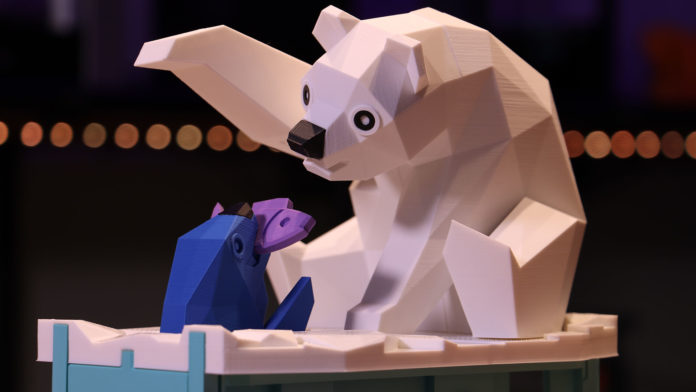Polymaker has released a new series of PLA 3D printing filaments that delivers extra toughness paired with less environmental impact. Named PolyTerra™ PLA, the materials producer has decreased the amount of raw PLA usually required to develop such filament. To do so, it has combined naturally occurring organic materials with PLA to obtain a filament which offers greater toughness paired with a matte surface finish on 3D printed parts, which is highlighted by the fourteen carefully selected colors available. This combination does not only reduce the plastic content in the material, it also enables to improve impact resistance to printed parts.
In this vein, the new material provides a range of benefits to FDM 3D printing users – especially to those who want to produce while preserving the planet.
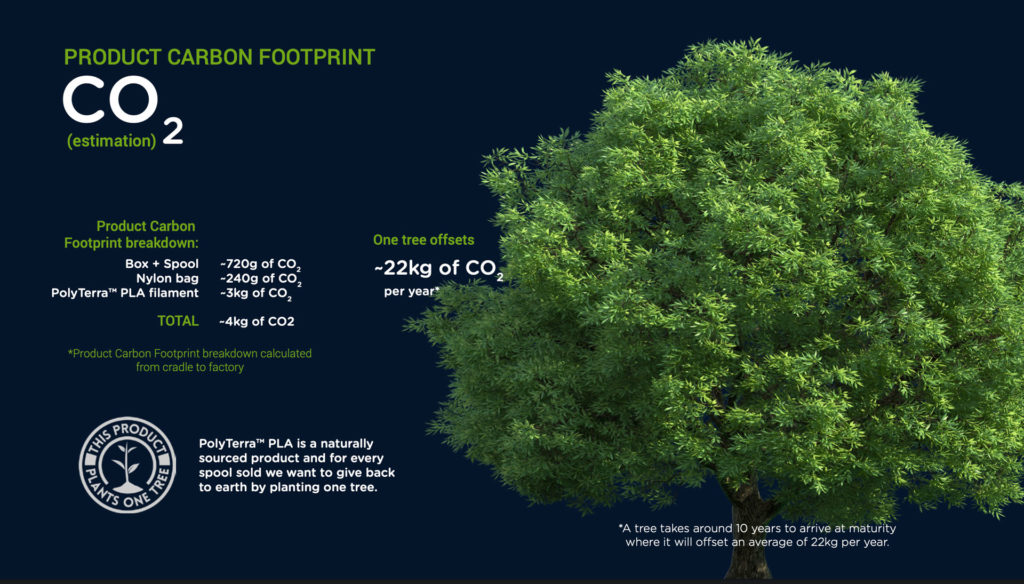
The company explained in a press communication that “PolyTerra™ PLA is wound on a recycled cardboard spool with recycled labels and outer packaging. [The company] has removed any unnecessary waste from the product by moving all information sheets online. In an effort to reduce the environmental impact that the spool has whilst also delivering a 3D printing material with less impact on the environment, Polymaker hope the unique features that PolyTerra™ PLA offers is a step in the right direction for a plastics company », one reads.
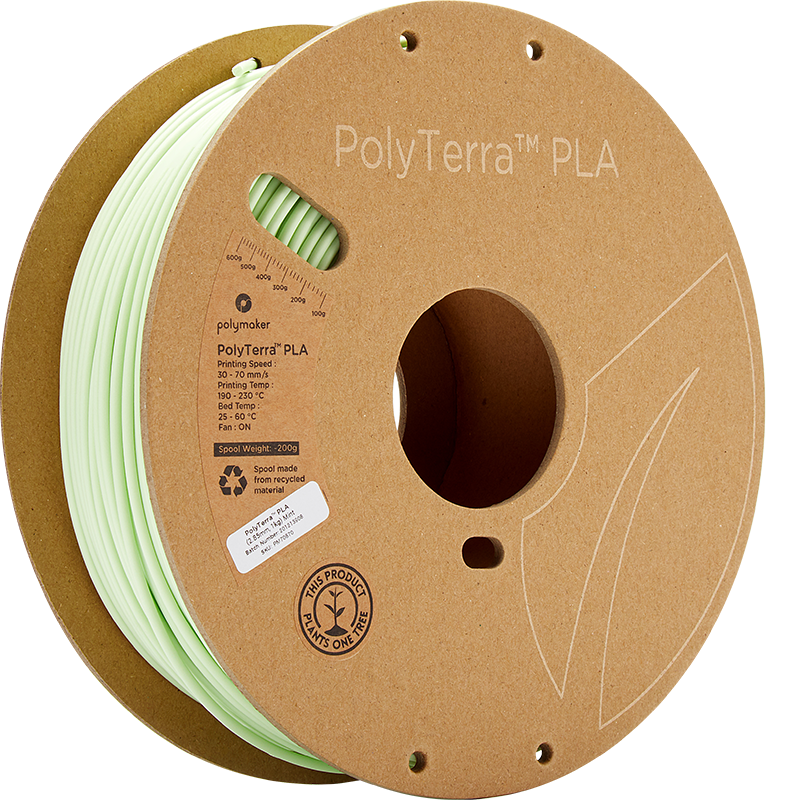
Compatible with all extrusion-based 3D printers using PLA settings, the filament is available in four new pastel colors, all of them being able to absorb light on printed parts hiding the layer lines in a smooth surface.
-
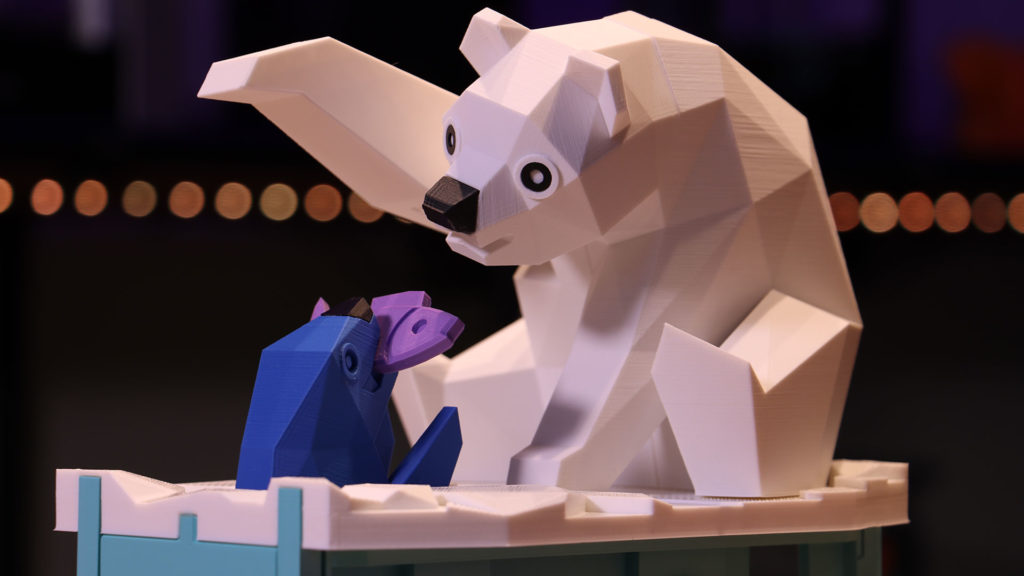
Matte-surface-Polar-Bear -
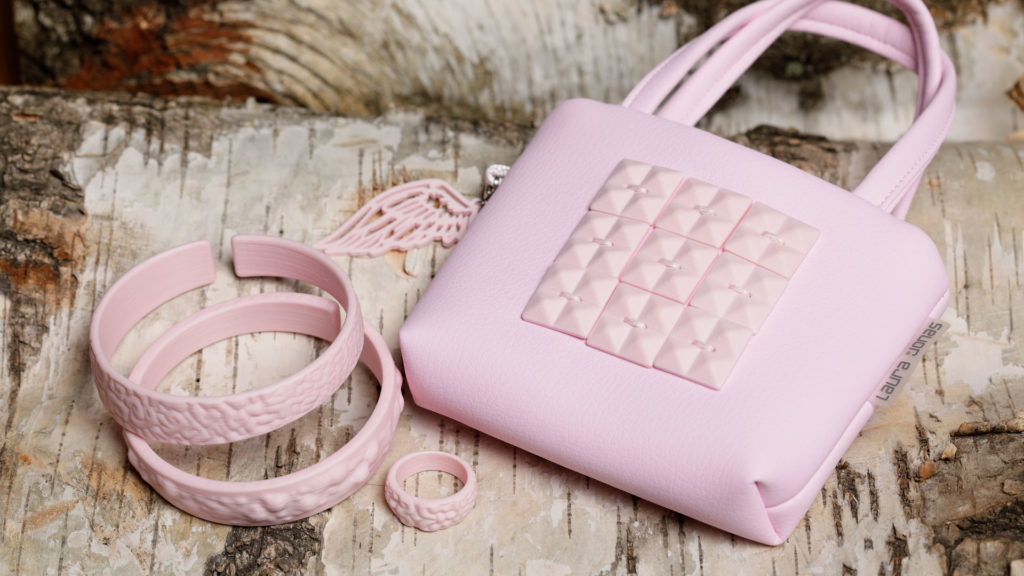
Laura-Jonas-Bag -
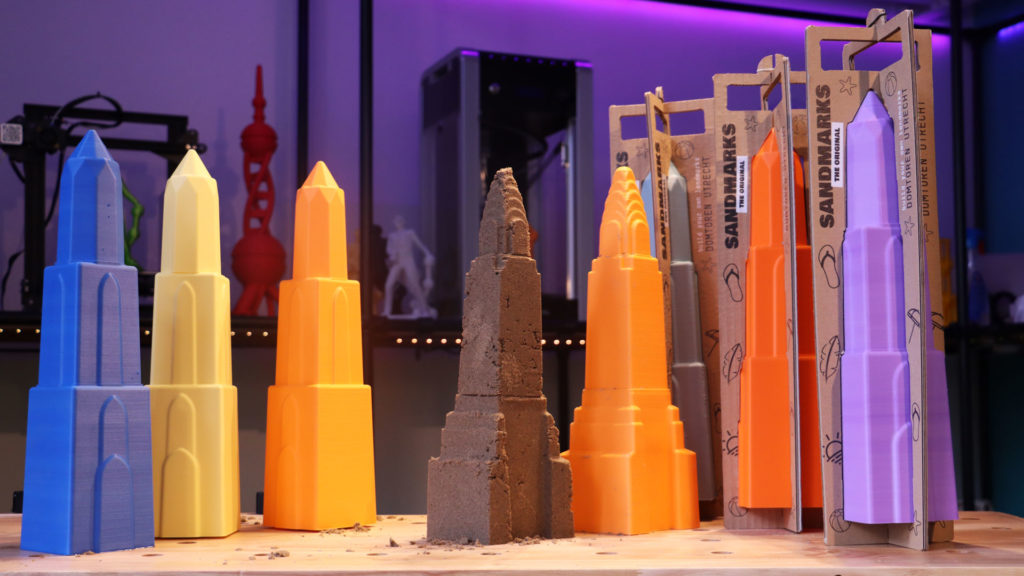
Sandmarks
At the manufacturing level, the producer claims that support structures can be removed without the use of any tools. Due to the good adjustment between the support, the build plate and the model, single extrusion 3D printers can also process the material and fabricate a vast array of shapes and details.
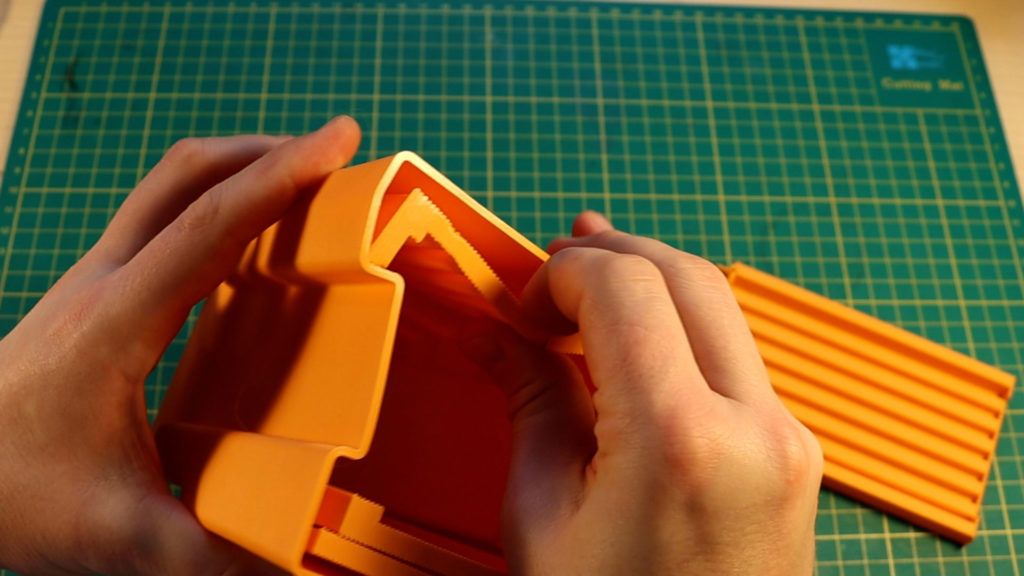
At the post-processing level, it should be noted that the surface can be sanded without the plastic rolling over into long beads or chewing up. Printed parts can be sanded quickly and due to the softer surface, power sanders can be used to quickly clean up and smooth large prints. The open pores on the exterior allow paints to hold a strong bond onto the surface and due to the inert nature of the compound, a wide range of paints can be applied.
In a compostability test (ISO 14855-1) performed with an independent laboratory, PolyTerra™ PLA has shown expedited compostability when compared to a PLA sample achieveing 76.9% degradation after 45 days in test conditions (58°C ± 2°C/~50% Humidity).
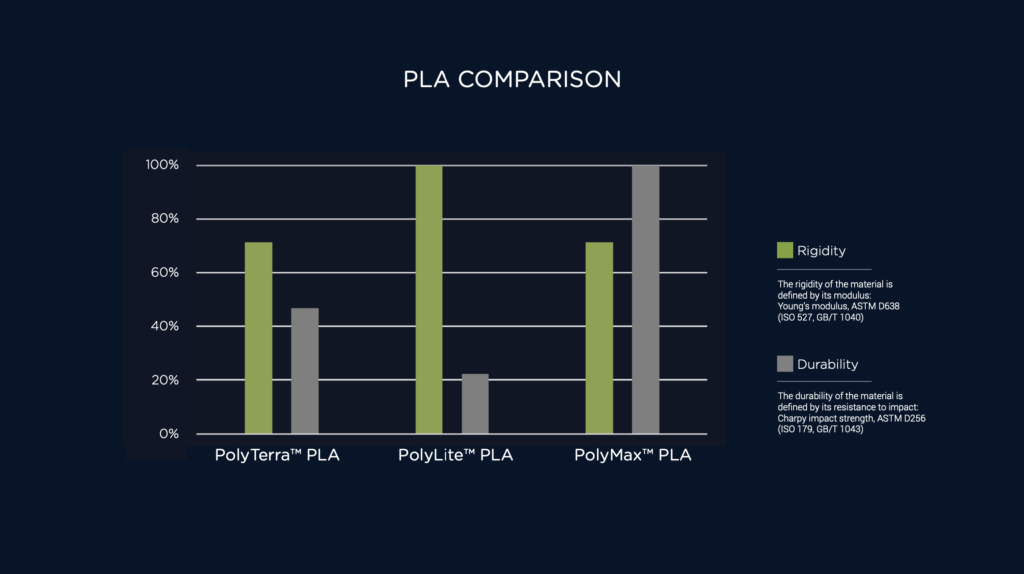
Last but not least, to emphasize its willingness to reduce environment impact, Polymaker now collaborates with www.onetreeplanted.org. From now on, users who opt for PolyTerra™ PLA will also plant one tree to offset the carbon created in the manufacturing and shipping of the spool.
“Once the tree reaches maturity (~10 years) it has the ability to absorb 22kg of carbon dioxide from the atmosphere annually. With a potential lifespan of hundreds of years, each spool of PolyTerra™ PLA sold will help reduce atmospheric carbon dioxide”, Polymaker assures.
Remember, you can post job opportunities in the AM Industry on 3D ADEPT Media free of charge or look for a job via our job board. Make sure to follow us on our social networks and subscribe to our weekly newsletter : Facebook, Twitter, LinkedIn & Instagram ! If you want to be featured in the next issue of our digital magazine or if you hear a story that needs to be heard, make sure to send it to contact@3dadept.com



